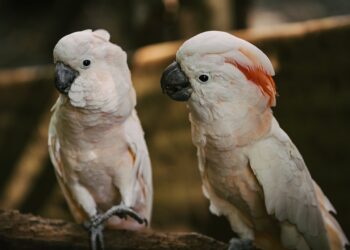Not only were dinosaurs the masters of the land and the sea, but they were also the masters of color, a new study shows.

Lots of creatures lay eggs nowadays — reptiles, birds, and some fish — but only birds lay colored ones. Recently, the same pigments found in colored bird eggs have been discovered in some fossil dinosaur eggs. However, paleontologists weren’t sure if the birds inherited this trait from dinosaurs or developed it separately.
“The huge diversity of avian egg colour has previously been attributed to the exploration of empty ecological niches after the extinction of nonavian dinosaurs at the terminal Cretaceous event,” researchers write. “Different nesting environments, as well as nesting behaviours, are thought to influence egg colour. Egg colour may reflect selective pressure as a result of an ecological interaction between the egg producer and an egg predator (camouflage) or parasite (egg recognition).”
Jasmina Wiemann and colleagues from Yale University used spectroscopy to analyze a set of fossil eggshells, which included representatives of all major dinosaur groups, to look for evidence of pigmentation.
They found traces of pigments in the eggshells of all dinosaurs in the Maniraptora — a clade of small, bipedal, often feathered non-avian dinosaurs generally regarded as the ancestors of birds. The analysis revealed spotted and speckled patterns, deposited in a very similar fashion to what is observed in modern bird eggs.
Meanwhile, two more distant relatives of birds, called ornithischian and sauropod dinosaurs, were completely pigment free, indicating that these dinosaurs always had plain, colorless eggs. These two groups, which famously include Triceratops and Diplodocus had colorless eggs, the birds’ ancestors had colored eggs, birds have colored eggs — all this strongly suggest that pigmented eggs only evolved once, in bird-like therapods, and these pigments are carried through until the present day.
“The absence of colour in ornithischian and sauropod eggs represents a true signal,” researchers write. They also describe “identical mechanisms of pigment deposition in nonavian and avian dinosaur eggs.”
Different nesting environments, as well as nesting behaviors, are thought to influence egg color. This still leaves us with a very straightforward question: why did colored eggs emerge in the first place?
“Egg colour may reflect selective pressure as a result of an ecological interaction between the egg producer and an egg predator (camouflage) or parasite (egg recognition),” the scientists continue. “Avian egg colour has previously been shown to react in a plastic fashion to changes in the incubation strategy or climate, or even in mating behaviour. However, all previously proposed selective factors rely on the fact that the eggs are exposed to the environment and, with scant exception, not buried or covered.”
Now, this study shows that if we want to truly understand egg coloration, we have to do so in the context of dinosaurs, not birds.
The study “Dinosaur egg colour had a single evolutionary origin” has been published in Nature.






